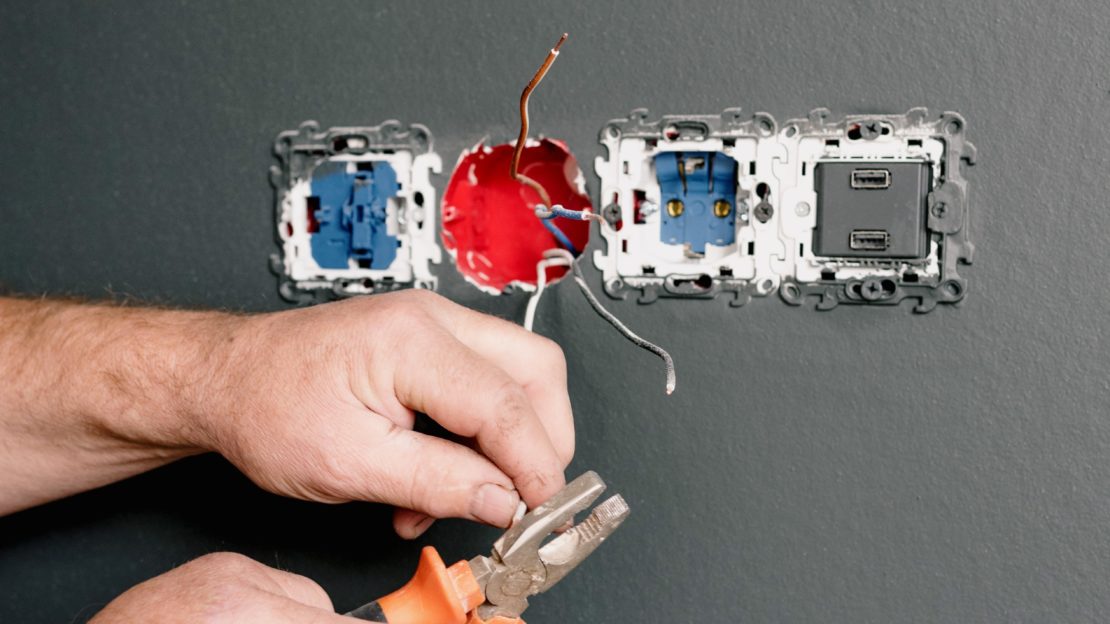Rise in electric shock incidents sparks construction industry update
SafeWork SA Safety Alert: 9/08/2022
In 2021-22, SafeWork SA received 348 notifications associated with electric shock incidents, up 9 per cent on the previous year and 38 per cent more than the 252 notifications in 2019-20.
The construction industry accounted for 24 per cent of all electric shock notifications in 2021-22.
The Work Health and Safety Act 2012 (SA) requires SafeWork SA to be notified when a workplace exposes any person to a serious risk resulting from an immediate or imminent exposure to an electric shock, even if no one is injured.
SafeWork SA has worked with the construction industry stakeholders and union partners, to publish new guidance material on electrical work and electrical risks at the workplace following the new figures.
The types of electrical safety issues identified, include:
- portable electrical equipment that has not been inspected and maintained (tested and tagged)
- residual current devices (RCDs) that have not been inspected and tested at the required intervals
- workers breaching the “No Go Zone” of overhead powerlines
- unidentified live permanent wiring
- electrical equipment or wiring that has not been de-energised when working on or near it
- construction switchboards that are not installed or maintained in a safe manner, and
- safe work method statements (SWMS) that are missing, inadequate or not followed when undertaking work on or near energised electrical installation or services.
SafeWork SA reminds persons conducting a business or undertaking (PCBUs) that workers and others must not be exposed to electrical risks.
To assist the construction industry in minimising the risk of an electrical incident, SafeWork SA is supporting the South Australian Construction Safety Alliance (SACSA) electrical work and equipment initiative.
SACSA has developed a safety essentials flyer containing information to minimise risks of electrical incidents that will be shared and posted at their members worksites.
SafeWork SA Executive Director Martyn Campbell said the continued rise in electric shock notifications was of great concern and the effective management of electrical risks is critical.
‘Workers who work on or near electricity are at risk of burns, shocks and other serious injuries,’ he said.
‘Before electrical activities are carried out, a risk assessment must be undertaken and if a safe work method statement (SWMS) is needed, all electrical work must be carried out in line with the SWMS.’
For more information, see:
